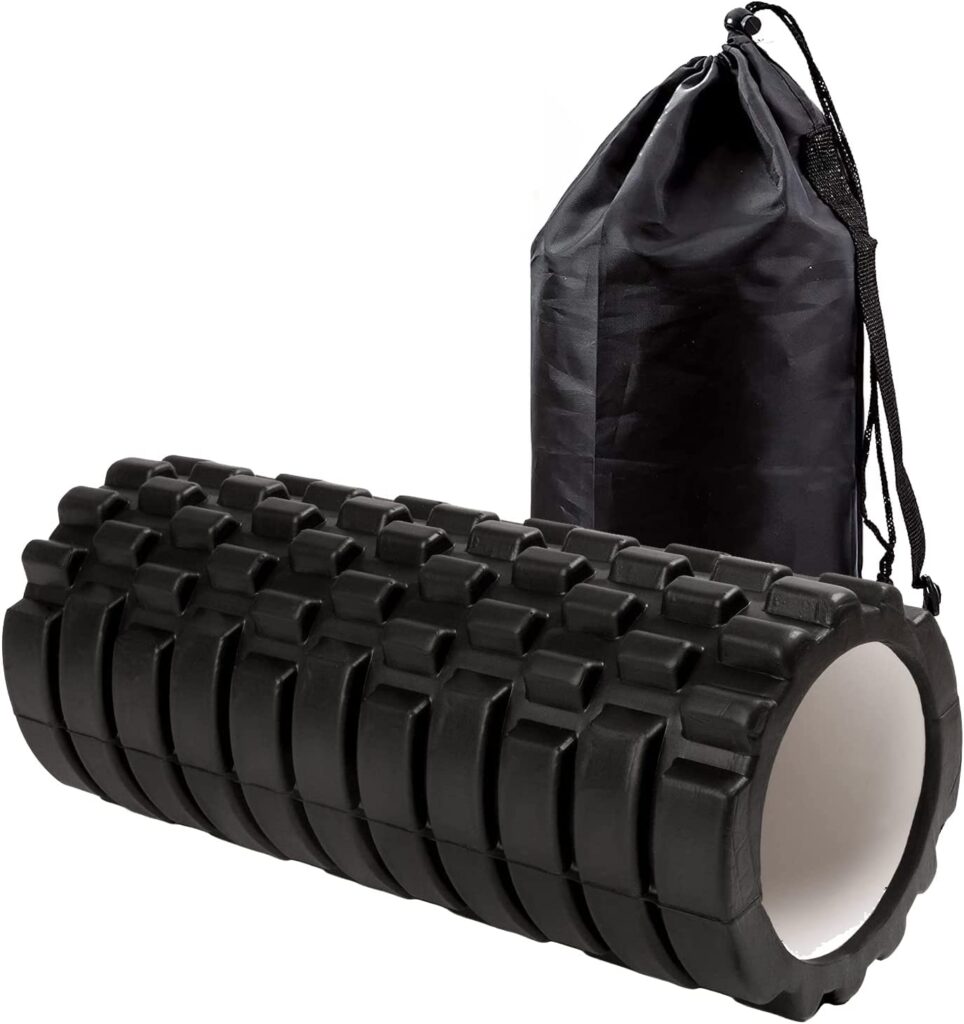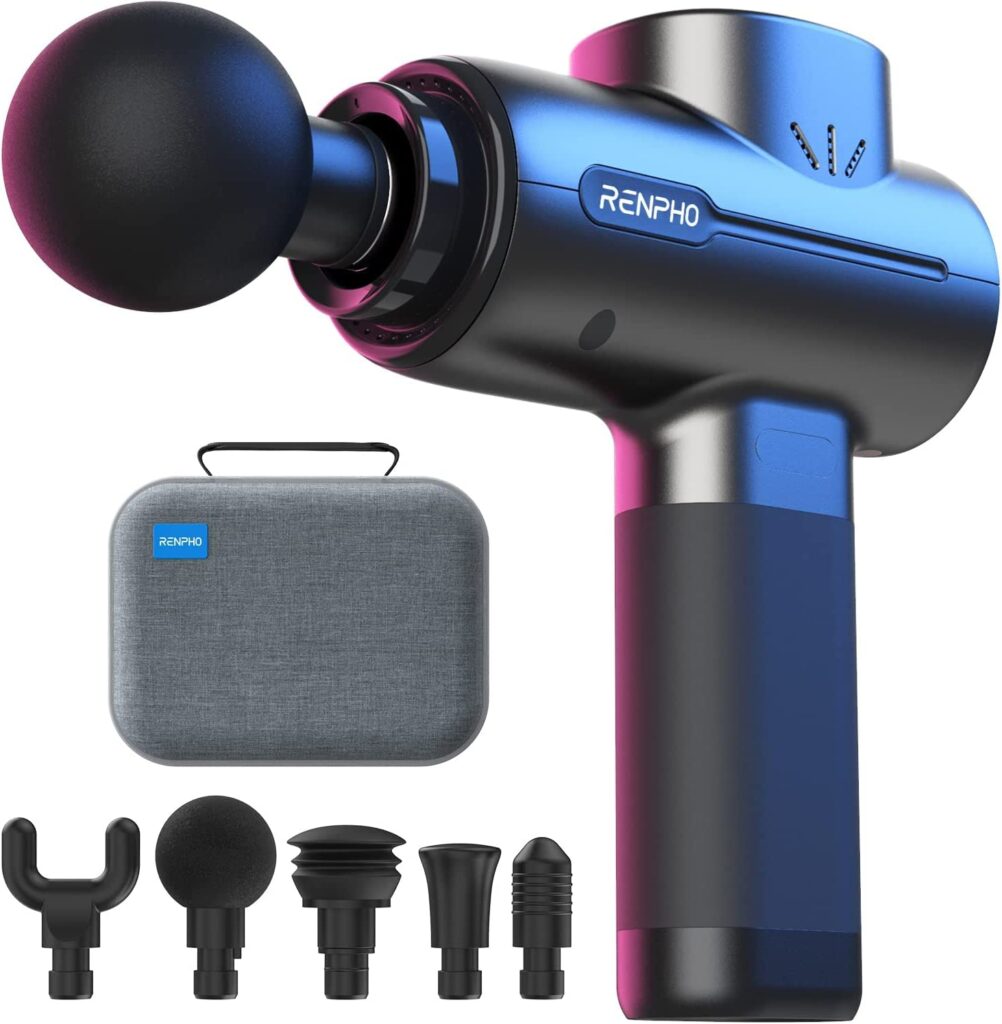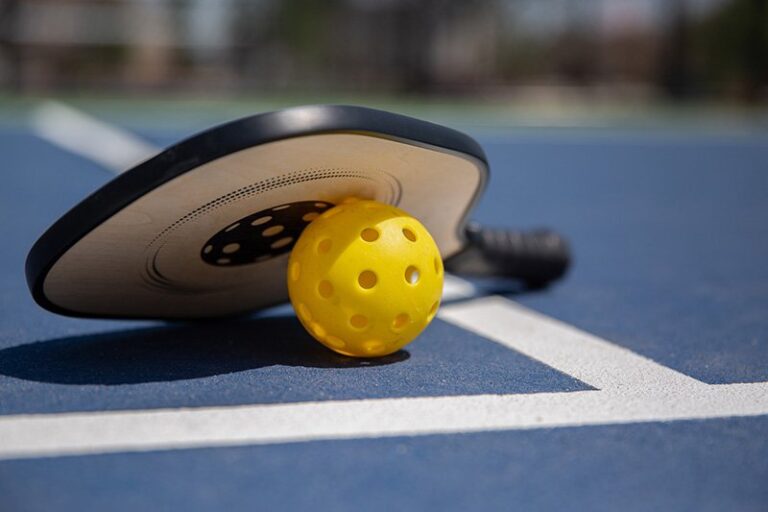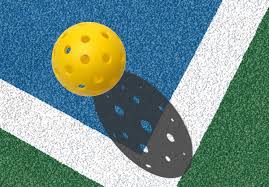Best 3 Tools to Fix Your Tension Headaches
Tension Headaches, causes, treatments, relief
What are Tension Headaches?
Tension headaches, also known as tension-type headaches or stress headaches, are the most common type of headache that people experience. They are characterized by a dull, aching pain and a feeling of tightness or pressure around the head, often described as a tight band or vice-like sensation.
Here are some key features of tension headaches:
- Pain: Tension headaches typically involve mild to moderate pain that is often described as a constant, steady ache. The pain is usually bilateral, affecting both sides of the head, and can extend to the neck and shoulders.
- Duration: They can last from several minutes to several days, but most commonly they persist for a few hours.
- Symptoms: Besides the head pain, tension headaches can be accompanied by muscle tenderness in the scalp, neck, or shoulder muscles. Some people may experience sensitivity to light or noise, but these symptoms are usually less severe compared to migraines.
- Triggers: Tension headaches can be triggered by various factors, including stress, anxiety, poor posture, eye strain, fatigue, lack of sleep, dehydration, or certain foods.
- Impact on daily life: Although tension headaches are not usually severe, they can still cause significant discomfort and affect a person’s ability to concentrate, work, or engage in daily activities.
- Treatment: Over-the-counter pain relievers, such as acetaminophen or nonsteroidal anti-inflammatory drugs (NSAIDs), are commonly used to alleviate the pain of tension headaches. Additionally, stress management techniques, relaxation exercises, applying heat or cold to the affected area, and improving sleep and posture habits may help prevent or reduce the frequency and intensity of tension headaches.
Causes of Tension Headaches
Postural and muscular factors can contribute to the development of tension headaches. Here are some common causes related to posture and muscles:
- Poor posture: Maintaining improper posture for extended periods, such as slouching or hunching over a desk, can strain the muscles in the neck, shoulders, and upper back. This muscle tension can lead to the onset of tension headaches.
- Muscle tension and tightness: Chronic muscle tension in the neck, scalp, and shoulders can be a result of stress, anxiety, or repetitive movements. This tension can create trigger points or knots in the muscles, causing discomfort and contributing to tension headaches.
- Prolonged sitting or computer work: Spending long hours sitting at a desk or working on a computer can lead to poor posture and increased muscle tension in the neck and shoulders. The strain on these muscles can eventually result in tension headaches.
- Eyestrain: Activities that involve prolonged use of the eyes, such as reading, working on a computer, or using mobile devices, can cause eyestrain. Eyestrain can contribute to muscle tension in the forehead, temples, and around the eyes, potentially triggering tension headaches.
- Jaw clenching and teeth grinding: Habitual clenching of the jaw or grinding of the teeth, known as bruxism, can strain the muscles of the jaw and face. This muscle tension can radiate to other areas of the head, leading to tension headaches.
- Neck and shoulder muscle imbalances: Imbalances in the strength and flexibility of the neck and shoulder muscles can cause poor posture and muscle tension. Weakness or tightness in certain muscle groups can place additional stress on other muscles, leading to tension headaches.
Which Muscles Causes Headaches?
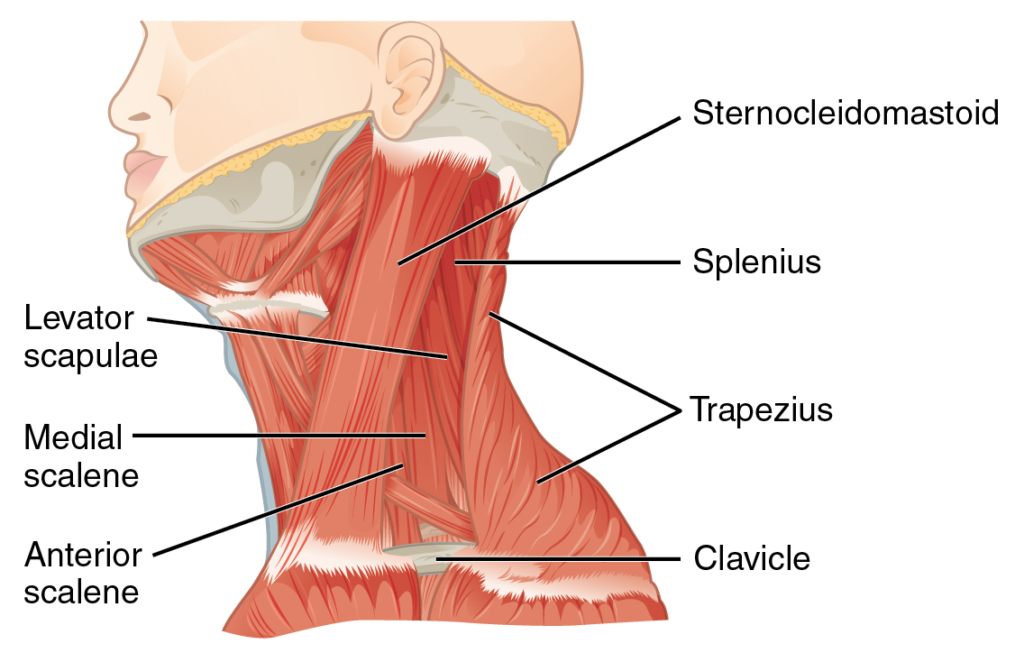
Several muscles can contribute to tension headaches and have specific referral patterns. Here are some key muscles commonly associated with tension headaches and their referral patterns:
- Trapezius muscle: The trapezius is a large muscle located in the upper back and neck. When the upper portion of the trapezius muscle is tense or strained, it can refer pain to the base of the skull, temples, and behind the eyes.
- Sternocleidomastoid muscle (SCM): The SCM is a long muscle that runs along the sides of the neck. When the SCM is tight or in spasm, it can cause pain that radiates to the forehead, temples, and the back of the head.
- Suboccipital muscles: The suboccipital muscles are a group of small muscles located at the base of the skull. When these muscles become tight or develop trigger points, they can cause pain that is often described as a band-like sensation wrapping around the head.
- Temporalis muscle: The temporalis muscle is located on the sides of the head, above the ears. When the temporalis muscle is overly contracted or tense, it can cause pain that is often felt in the temples and may extend to the forehead.
- Masseter muscle: The masseter muscle is the primary muscle involved in chewing. Excessive tension or clenching of the masseter muscle, such as during teeth grinding or jaw clenching, can lead to headaches that are typically felt in the temples and jaw area.
- Occipitalis muscle: The occipitalis muscle is a thin muscle located at the back of the head. When it becomes tight or strained, it can cause pain that radiates from the base of the skull to the top of the head.
- Levator scapulae muscle: The levator scapulae muscle is located at the back and side of the neck. When this muscle is tense or overworked, it can cause pain that radiates from the neck to the base of the skull and may extend to the shoulders.
- Scalenes: The referral pattern of the scalene muscles can vary among individuals. Some people may experience pain that radiates from the neck and shoulders to the back of the head, while others may feel pain extending into the temple region or behind the eyes. The pain can be dull, aching, or sharp in nature.
It’s important to note that trigger points or tension in these muscles can vary among individuals, and some people may experience different referral patterns. Additionally, it’s crucial to receive a proper diagnosis from a healthcare professional who can evaluate your specific symptoms and provide appropriate treatment options for your condition.
Best Tools to Use
Massage Balls
To use a massage ball, begin by finding a flat surface, such as a wall or the floor. Position the massage ball against the targeted area of muscle tension or trigger point. Apply gentle pressure by leaning into the ball, using your body weight to control the intensity. Move the ball in small circular or back-and-forth motions to effectively massage the area. You can also experiment with different angles and positions to target specific muscles. Adjust the pressure as needed, finding a balance between comfort and effectiveness. Spend a few minutes massaging each area, paying attention to any sensations of release or relief. Remember to breathe deeply and relax during the massage. Afterwards, stretch the muscles gently to enhance the benefits. Regular use of a massage ball can help relieve muscle tension and potentially alleviate tension headaches.
Foam Roller
Using a foam roller is a simple and effective way to release muscle tension and promote relaxation. To use a foam roller, position it on the floor and lie down with the targeted muscle area resting on the roller. Begin by applying moderate pressure and slowly roll the foam roller back and forth along the length of the muscle. Focus on areas of tightness or discomfort, spending extra time on those spots to allow the pressure to work out knots and adhesions. You can also vary the pressure by adjusting the weight you put on the foam roller. As you roll, take slow, deep breaths to help relax the muscles. It’s important to avoid rolling directly over joints or sensitive areas. Regular use of a foam roller can help improve flexibility, increase blood flow, and reduce muscle soreness, contributing to a greater sense of overall well-being.
Thera Gun
Slowly move the Theragun in a back-and-forth or circular motion over the muscles, targeting areas of tension and discomfort. Focus on each muscle group for a short period, usually 30 seconds to a few minutes, adjusting the speed and pressure to your comfort level. It’s important to listen to your body and avoid applying excessive pressure. The Theragun’s vibrations can help stimulate blood flow, relax muscles, and potentially alleviate muscle soreness and tension.
Ergonomics
Ergonomics plays a vital role in preventing tension headaches by promoting proper posture and reducing strain on the muscles and joints. When we maintain ergonomic principles in our workstations and daily activities, we minimize the excessive stress on the neck, shoulders, and upper back that can contribute to tension headaches. Using an ergonomic chair with adjustable features, such as lumbar support and armrests, helps maintain the natural curves of the spine and supports good posture. Positioning computer monitors at eye level, using ergonomic keyboards and mice, and ensuring that the workspace is set up at the appropriate height and distance can also reduce muscle tension and eyestrain. By optimizing ergonomics, we create an environment that supports our body’s alignment, reduces muscle imbalances, and lessens the risk of tension headaches, ultimately promoting overall comfort and well-being.
To learn more about ergonomics, here are 2 articles that can give you so more insight into it.
Other Considerations
Conservative care refers to non-invasive and non-pharmacological treatment approaches that can be effective in managing tension headaches. Here are some common conservative care strategies for tension headaches:
- Stress management: Since stress is a common trigger for tension headaches, stress management techniques can be helpful. These may include relaxation techniques such as deep breathing exercises, meditation, progressive muscle relaxation, or engaging in activities that promote relaxation and reduce stress levels.
- Posture correction and ergonomic adjustments: Maintaining good posture and making ergonomic adjustments to your work environment can help reduce muscle strain and tension in the neck, shoulders, and upper back. Ensure that your workstation is set up correctly with proper desk height, chair support, and monitor positioning.
- Regular exercise: Engaging in regular physical activity, such as aerobic exercises, stretching, and strength training, can help reduce muscle tension and improve overall well-being. Aim for at least 30 minutes of moderate exercise on most days of the week.
- Heat or cold therapy: Applying heat or cold packs to the affected areas can help relax muscles, reduce pain, and alleviate tension headaches. Experiment with both heat (using heating pads, warm towels, or warm showers) and cold (using ice packs or cold compresses) to see which works best for you.
- Massage and manual therapy: Massage therapy, including techniques like Swedish massage, trigger point therapy, or myofascial release, can help relieve muscle tension and promote relaxation. Seeking the assistance of a qualified massage therapist or physical therapist can provide targeted treatment for your specific needs.
- Cognitive-behavioral therapy (CBT): CBT is a form of psychotherapy that can help identify and change negative thought patterns and behaviors contributing to stress and tension headaches. It focuses on developing coping strategies and stress management techniques to alleviate symptoms.
- Sleep hygiene: Maintaining a regular sleep schedule, ensuring a comfortable sleep environment, and practicing good sleep hygiene can help reduce the frequency and intensity of tension headaches. Aim for a consistent sleep routine, avoid stimulants close to bedtime, and create a relaxing bedtime routine.
It’s important to remember that everyone’s experience with tension headaches may vary, and different approaches may work better for different individuals. It is advisable to consult with a healthcare professional for a comprehensive evaluation and personalized treatment plan tailored to your specific needs.
Word of Caution
While stroke and tension-type headaches can share some similar symptoms, it’s crucial to understand the key differences between them and be able to recognize the symptoms accurately. Here are some points to consider:
- Similar Symptoms: Both stroke and tension-type headaches can cause headache pain. Tension-type headaches often involve a dull, aching sensation that feels like a tight band around the head, while stroke-related headaches can vary but are generally more severe and sudden. Additionally, both conditions can lead to discomfort or pain in the head and neck region.
- Key Differences: The symptoms associated with stroke often occur suddenly and may be accompanied by other warning signs such as facial drooping, weakness or numbness on one side of the body, difficulty speaking, and vision problems. On the other hand, tension-type headaches typically develop gradually, and while they can cause discomfort, they do not present the same sudden, pronounced neurological symptoms as a stroke.
- Importance of Knowing the Symptoms: Understanding the differences between stroke and tension-type headaches is crucial because strokes require immediate medical attention. Recognizing the symptoms of a stroke, such as sudden weakness, confusion, or difficulty speaking, can prompt swift action to seek emergency care. Differentiating between a tension-type headache and a stroke can prevent delays in receiving appropriate medical treatment for a potentially life-threatening condition.
If you or someone you know experiences sudden, severe headache pain accompanied by other neurological symptoms, it is important to call emergency services immediately. In cases of uncertainty, it is always better to err on the side of caution and seek medical evaluation to rule out a more serious condition like a stroke.


